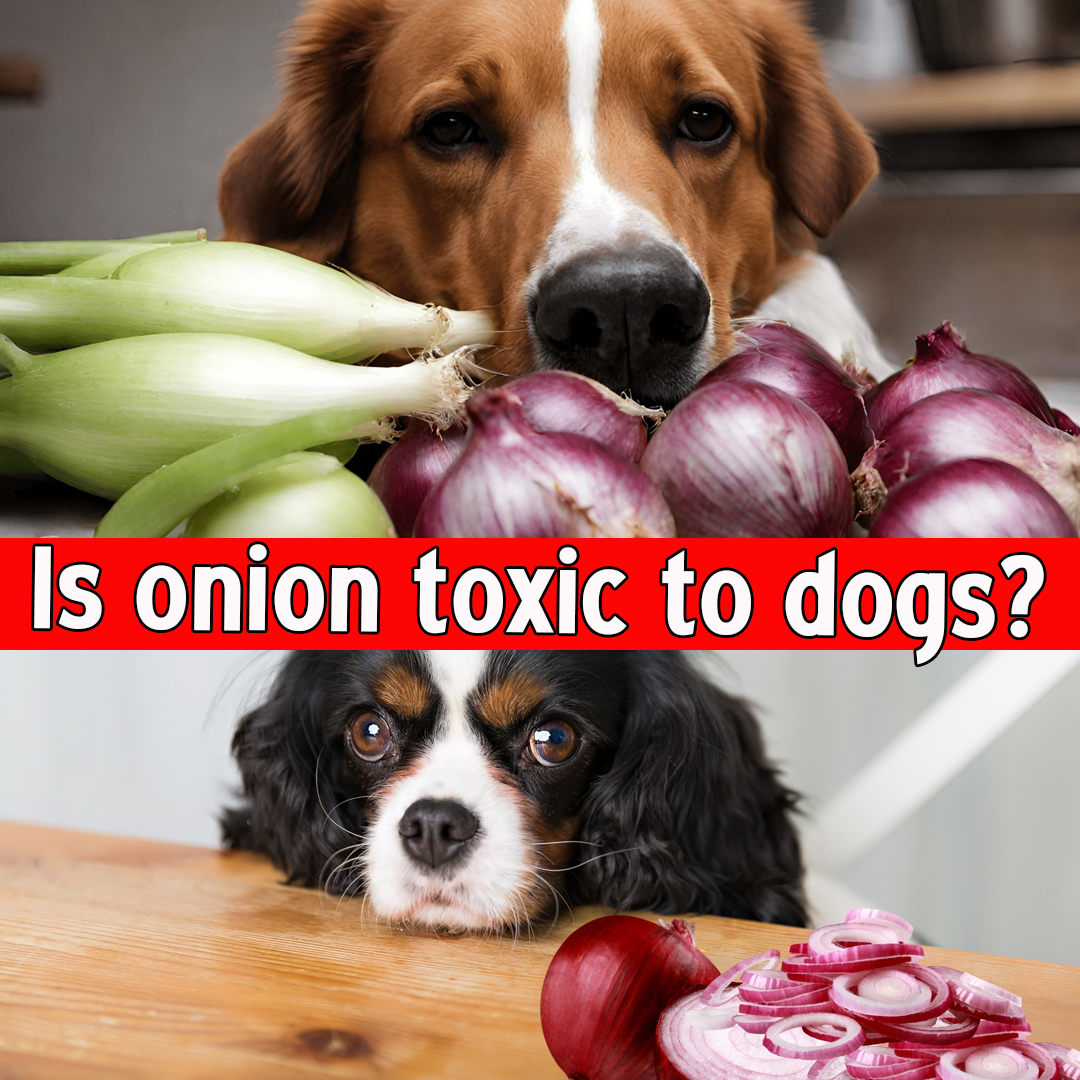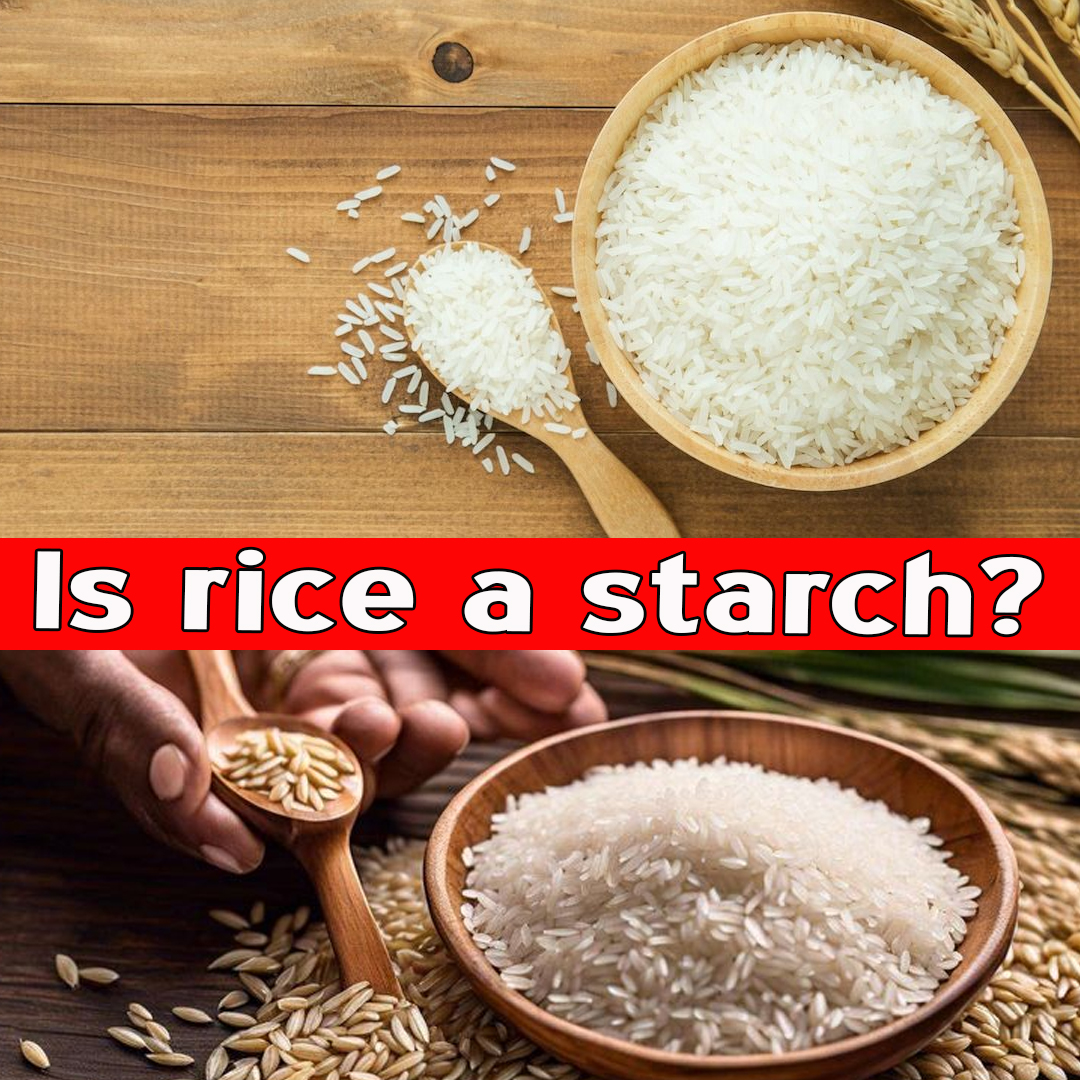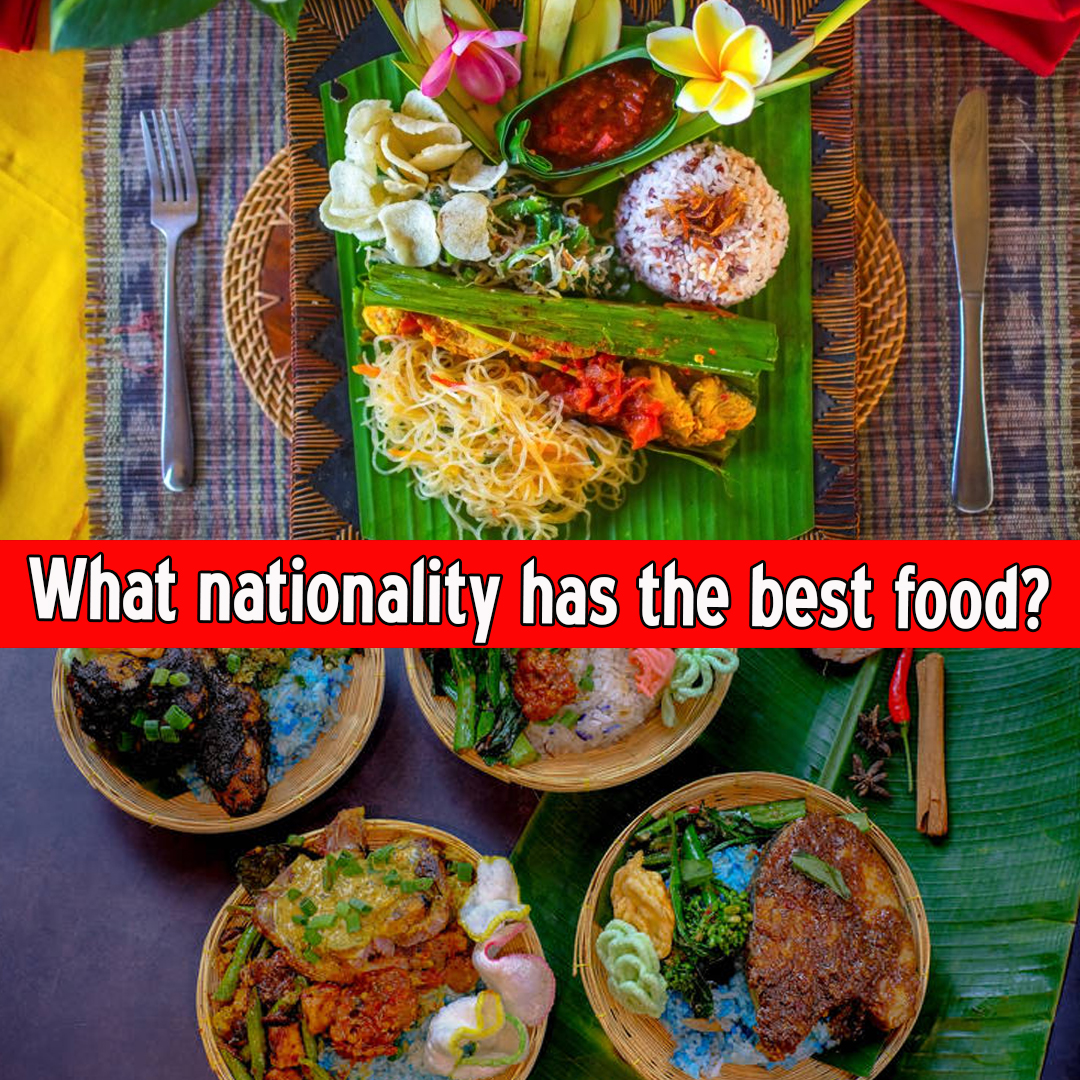What is the Least Liked Food in the World?

What is the least liked food in the world?
Food connects people, cultures, and generations. It evokes memories, brings pleasure, and satisfies hunger. But not all foods are loved equally. While some dishes are universal favorites—like pizza or chocolate—others are met with hesitation, disgust, or even outright revulsion. From fermented fish to slimy textures, the world has a variety of foods that, for one reason or another, often top the lists of least liked foods. What is the least liked food in the world?
But what exactly makes a food widely disliked? Is it the taste, the texture, the smell, or simply unfamiliarity? In this detailed article, we’ll explore the most commonly hated foods globally, why people dislike them, the cultural perspectives behind them, and how opinions vary across regions.
Defining “Least Liked Food”
“Least liked” doesn’t always mean “bad.” Often, it reflects food that challenges norms—whether through flavor, appearance, or smell. Some of these foods are delicacies in their countries of origin but repulse others due to cultural differences, strong aromas, or unusual ingredients.
| Read more – What nationality has the best food? |
Factors That Make Food Disliked:
- Strong or unfamiliar smells
- Unusual textures (slimy, rubbery, mushy)
- Acquired or bitter taste
- Unconventional ingredients (organs, insects, fermented items)
- Cultural taboos
- Psychological factors (e.g., knowing the food’s origin)
Top Contenders for the Least Liked Food in the World
Here are some globally recognized “least liked” foods based on surveys, food forums, global rankings, and culinary polls:
1. Surströmming (Sweden)
Also known as: Fermented Baltic herring
Why it’s disliked:
- Infamous for its overwhelmingly strong, rotten-egg-like smell.
- The can bulges due to fermentation gases.
- Often opened outdoors due to its pungency.
Cultural context:
In Sweden, it’s a traditional delicacy eaten with flatbread and potatoes. Locals develop a tolerance or taste for it, but most outsiders gag from the scent alone.
Media reaction:
Surströmming challenges are popular online—many people can’t stomach it.
2. Durian (Southeast Asia)
Nickname: The “King of Fruits” and also “The Smelliest Fruit”
Why it’s disliked:
- Has a strong smell often compared to sewage, rotten onions, or turpentine.
- Banned in many public spaces like hotels, subways, and airports in Southeast Asia.
- Creamy texture combined with the odor puts many off.
Cultural context:
Loved in countries like Malaysia, Thailand, and Indonesia. Some adore its custard-like texture and complex taste.
Interesting fact:
Despite its smell, durian is rich in vitamins and considered an aphrodisiac in some cultures.
3. Natto (Japan)
What it is: Fermented soybeans
Why it’s disliked:
- Slimy, stringy texture.
- Strong, cheesy smell.
- Bitter and funky flavor profile.
Cultural context:
A Japanese breakfast staple often mixed with mustard and soy sauce. Loved for its probiotic benefits.
Health note:
Extremely nutritious and aids digestion, but an acquired taste even for some Japanese.
4. Hákarl (Iceland)
What it is: Fermented Greenland shark
Why it’s disliked:
- Tastes like ammonia and rotten cheese.
- Pungent and chewy.
- Requires weeks of fermentation to detoxify.
Cultural context:
A traditional Icelandic dish eaten during festivals or by daring tourists. Described as “the worst-smelling food in the world” by chef Anthony Bourdain.
5. Black Licorice (Various Countries)
Why it’s disliked:
- Strong, bitter-sweet flavor from glycyrrhizin in licorice root.
- Many describe it as medicinal or artificial-tasting.
- Often disliked by children and even adults in non-European countries.
Cultural context:
Loved in Nordic countries and the Netherlands. Often used in candies, liqueurs, and medicines.
6. Century Egg (China)
Also known as: Preserved egg or thousand-year-old egg
Why it’s disliked:
- Black or green yolk with a jelly-like white.
- Smells of ammonia and sulfur.
- Aesthetically unusual.
Cultural context:
Traditional delicacy in Chinese cuisine. Eaten with rice porridge or as part of cold dishes.
7. Balut (Philippines)
What it is: A fertilized duck egg with a partially developed embryo, boiled and eaten from the shell.
Why it’s disliked:
- Graphic appearance of feathers and bones.
- Texture ranges from soft yolk to crunchy beak.
- Often considered grotesque by outsiders.
Cultural context:
A popular street food in the Philippines and parts of Vietnam and Cambodia. Considered nutritious and even an aphrodisiac.
8. Liver (Worldwide)
Why it’s disliked:
- Metallic taste due to high iron content.
- Grainy texture.
- Smell during cooking can be off-putting.
Cultural context:
In many countries, liver is a nutritious staple (especially chicken or beef liver). However, younger generations in Western cultures tend to reject organ meats.
9. Okra (Africa, India, Southern U.S.)
Why it’s disliked:
- Slimy or mucilaginous texture when cooked.
- Often becomes mushy in stews.
Cultural context:
A staple in gumbo and curries. Proper cooking (e.g., frying or roasting) can reduce the slime, but first impressions often turn people off.
10. Blue Cheese (France, U.S., U.K.)
Why it’s disliked:
- Moldy appearance.
- Strong odor reminiscent of gym socks or wet towels.
- Sharp, tangy flavor.
Cultural context:
Considered a gourmet cheese in Europe. Used in salads, dips, and pastas.
Other Commonly Disliked Foods Worldwide
- Brussels sprouts – Often bitter if overcooked.
- Anchovies – Very salty and fishy.
- Marmite/Vegemite – Savory yeast spreads with a polarizing taste.
- Tuna salad – Some dislike the fishy smell mixed with mayo.
- Olives – Bitter and briny for some palates.
- Cilantro (Coriander leaves) – Tastes like soap to people with certain genetic variants.
What the Research Says: Scientific Studies on Food Aversions
Studies have found that food dislikes are influenced by:
1. Biology and Evolution
- We are hardwired to reject bitter or sour foods, which could signal toxins.
- Aversion to spoiled smells (e.g., sulfur, ammonia) is a survival trait.
2. Genetics
- Some people have genes that make them supertasters—more sensitive to bitter compounds in vegetables like kale or Brussels sprouts.
- Others are genetically predisposed to find cilantro soapy due to aldehyde sensitivity.
3. Cultural Exposure
- What you’re raised eating shapes your tolerance.
- Foods like natto, balut, or cheese may seem “normal” in one country but repulsive elsewhere.
4. Texture Sensitivity
- Some people are more sensitive to slimy, mushy, or rubbery textures (e.g., oysters, okra, eggplant).
Psychology of Disgust: Why Do Some Foods Trigger It?
Food disgust is powerful. Our brains link smell, sight, and taste with danger. Foods that:
- Smell rotten or sulfurous
- Appear moldy or bloody
- Contain bugs or inner organs
…tend to activate the disgust reflex quickly.
This is why even the idea of eating something like a live octopus or fermented shark can trigger nausea—before it even touches the tongue.
Social Media and Food Shaming
The rise of food challenges, reaction videos, and global cuisine showcases has also amplified hate toward certain foods:
- TikTok Challenges: “Trying durian for the first time” or “Iceland’s fermented shark taste test” often reinforce stereotypes.
- Reaction culture: Viewers enjoy watching others gag or react strongly to disliked foods.
While this can be entertaining, it can also unfairly stigmatize culturally significant dishes.
Can Least Liked Foods Become Loved?
Yes. Some foods are acquired tastes, meaning they become likable with repeated exposure:
- Coffee and dark chocolate were once too bitter for many but are now global staples.
- Sushi, once avoided for being raw, is now globally beloved.
- Kimchi, a funky fermented Korean dish, has found fans worldwide due to its probiotic benefits.
Taste education and open-mindedness can gradually turn dislikes into passions.
Conclusion: So, What Is the Least Liked Food in the World?
While taste is personal, Surströmming often tops the global lists of least liked foods due to its overpowering smell. Other strong contenders include durian, natto, hákarl, and balut.
However, these foods are beloved in their home countries and are often tied to national identity, pride, and tradition. Just because something is unpopular globally doesn’t mean it’s inferior. Rather, it reflects the diversity of human culture and biology.
Final Thought
The foods we dislike tell us as much about ourselves as the ones we love. They reflect our upbringing, culture, biology, and biases. In a globalized world, learning to respect—even if not enjoy—unusual dishes is part of becoming a more open and culturally aware eater.
Would you try fermented shark or duck embryo? Maybe not. But knowing their story adds richness to the global table. After all, the world’s least liked food to one might be another’s treasured delicacy.















Leave a Reply